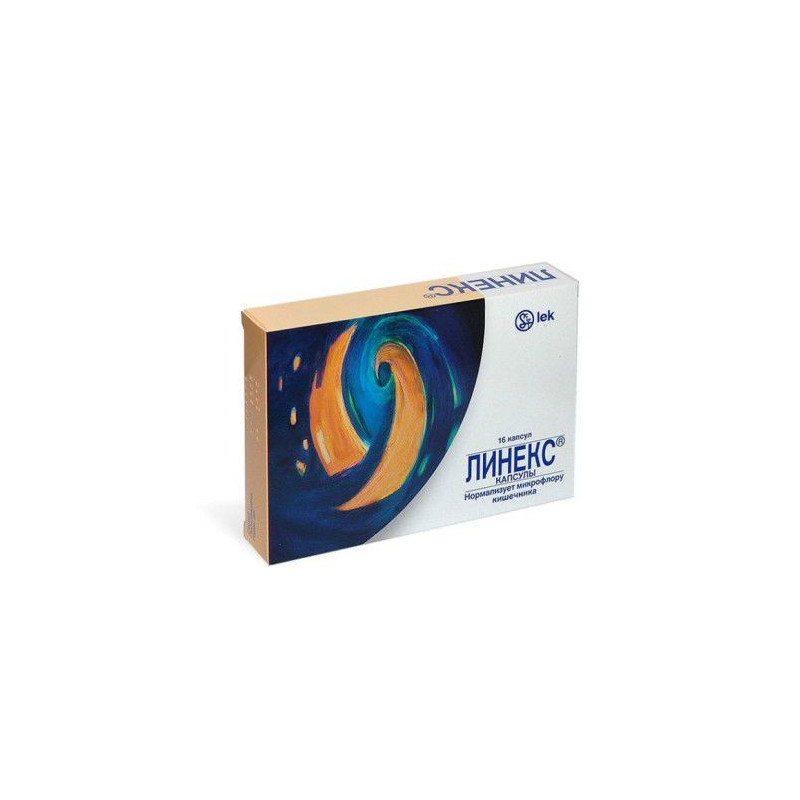



 All payments are encrypted via SSL
All payments are encrypted via SSL
 Full Refund if you haven't received your order
Full Refund if you haven't received your order
- treatment and prevention of dysbiosis.
Dysbacteriosis is manifested by diarrhea, dyspepsia, constipation, flatulence, nausea, vomiting, belching, abdominal pain; allergic reactions are possible.
The drug is administered orally after a meal, the capsules should be washed down with a small amount of water. Children under 3 years of age and patients who cannot swallow the capsule should open it, pour the contents into a spoon and mix with a small amount of water.
Newborns and children under 2 years old appoint 1 capsule 3 times / day.
Children aged 2 to 12 years - 1-2 capsules 3 times / day.
Adults and children over 12 years old appoint 2 capsules 3 times / day.
The duration of treatment depends on the cause of the development of dysbiosis and the individual characteristics of the organism.
The drug is well tolerated. There are no reports of adverse reactions, but we cannot exclude the possibility of the development of hypersensitivity reactions.
- Hypersensitivity to any of the components of the drug or to dairy products.
Use during pregnancy and lactation
Use during pregnancy and lactation is considered safe.
It is used in children according to indications.
It is not recommended to drink Linex ® hot drinks and take along with alcohol.
The patient should consult a doctor if his body temperature is above 38 ° C, blood or mucus in the stool is noted, diarrhea lasts more than 2 days and is accompanied by acute abdominal pain, dehydration and weight loss, in the presence of chronic diseases. (AIDS, diabetes).
When treating diarrhea, it is necessary to replace lost fluid and electrolytes.
Influence on ability to drive motor transport and control mechanisms
The drug has no effect.
Currently, cases of drug overdose Linex® not reported.
No undesirable interaction of Linex with other drugs was noted.
The composition of the drug Linex® allows you to take it simultaneously with antibiotics and chemotherapeutic agents.
Terms and conditions of storage
The drug should be stored in a dry, protected from light, out of reach of children at a temperature not exceeding 25 ° C.
